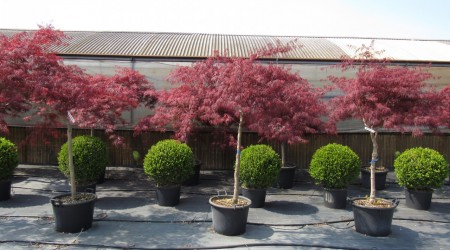
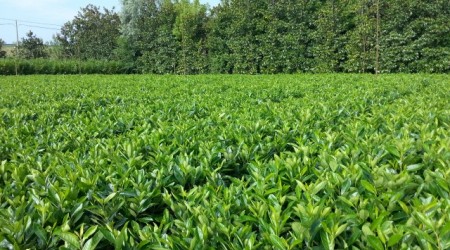
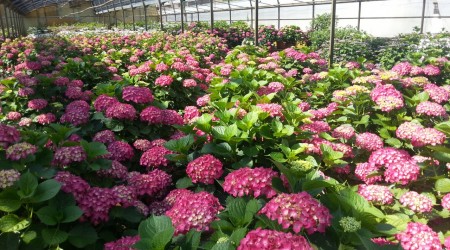
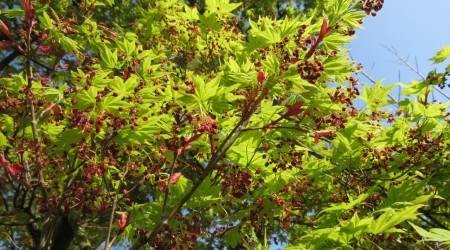
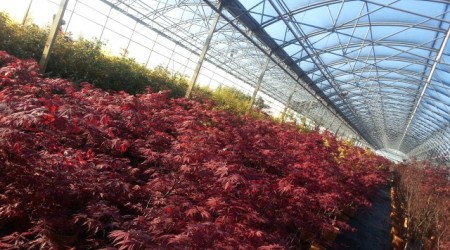
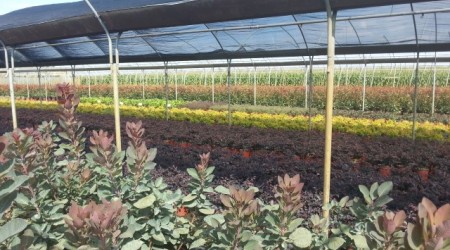
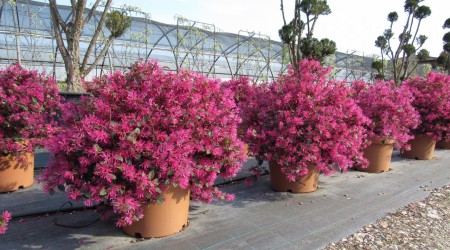
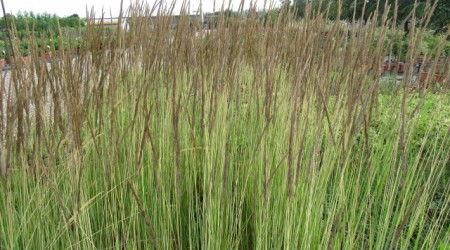
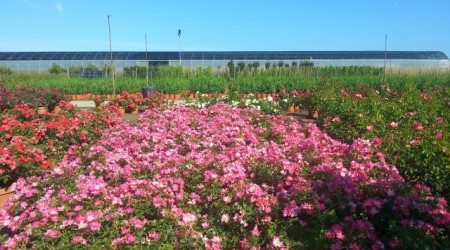
Taxus baccata is a medium sized conifer, belonging to the taxaceae family and well developed in the geographic areas with not too hot climates, such as Northern Europe.
It is an evergreen, with a raised limb, defined as a small tree or shrub, as it usually does not develop beyond 10 -15 mt. The bark is very particular, assumes a reddish brown color and then becomes gray with time tending to squash. The young branches are green and start from the base, growing upward. Branches grow small, linear and slightly arched leaves of dark green color.
In antiquity, the wood of the rate was used for the construction of bows, thanks to its resistance and elasticity properties, while the leaves were used in the formulation of poisonous substances.
Today, this conifer is used in medicine, but above all as an ornamental plant to make hedges, as a single bush or topiary art, to create enchanting green shapes.
It is important to remember that Taxus Baccata is a very long plant, resistant to severe climates and parasites. It adapts well to sunny and shaded exposures, as well as adapts well to different types of soil.
Thanks to its slow growth, it is not necessary to perform frequent pruning, saving time and money, and is therefore strongly recommended for public green and all those who unfortunately do not have much time to devote to the green of their home.
Taxus baccata is a very important production for Greggio Vivai, which cultivates it in different sizes both in plate and in